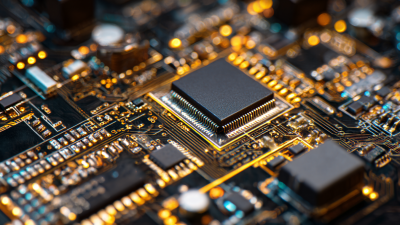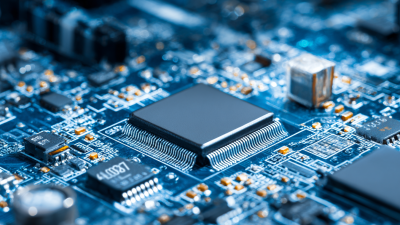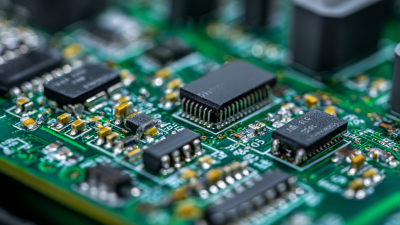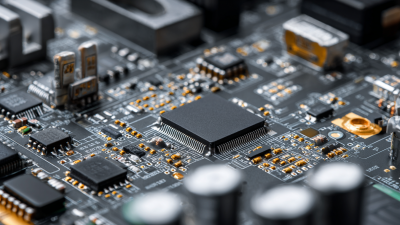The printed circuit board (PCB) fabrication industry, or "pcb fab," plays a pivotal role in the thriving $60 billion global PCB market, which is expected to grow at a significant rate over the coming years. As technology advances, the demand for more sophisticated and compact electronic devices continues to rise, making the role of pcb fabs increasingly essential. According to a report by Allied Market Research, the global PCB market is anticipated to register a compound annual growth rate (CAGR) of 4.6% from 2021 to 2028, indicating a robust future for the industry.
Industry expert Dr. Emily Chang, a leading authority in PCB technology, emphasizes this trend, stating, "The evolution of pcb fab processes is not just about meeting current demands; it is about anticipating the needs of tomorrow’s technologies." This forward-looking approach not only enhances production efficiency but also positions pcb fabs at the forefront of innovation in sectors such as consumer electronics, automotive, and telecommunications.
As we delve into the top 10 key aspects of pcb fab, it becomes clear that understanding its intricate processes and trends will provide invaluable insight into the future of electronics manufacturing. The interplay between new materials, advanced manufacturing techniques, and regulatory standards will significantly shape the landscape of the pcb fab industry, making it a critical area of focus for stakeholders seeking to navigate this dynamic market.

PCB fabrication, or PCB fab, is a crucial process within the electronics manufacturing industry, responsible for creating printed circuit boards (PCBs) that are essential for a wide array of electronic devices. The fabrication process typically involves multiple steps, including design, etching, layering, and assembly. Advanced techniques such as surface mount technology and multi-layer fabrication are employed to meet the growing demands for miniaturization and complexity in modern electronics. Understanding these processes is vital for stakeholders looking to navigate the $60 billion PCB market effectively.
Key players in the PCB fabrication landscape include major manufacturers such as TTM Technologies, Jabil, and Unimicron Technology Corporation. These companies invest heavily in research and development to innovate and optimize fabrication techniques, ensuring high-quality production and reduced lead times. As the market evolves, trends such as automation, sustainability, and the adoption of advanced materials are shaping the future of PCB manufacturing. Industry experts predict that as demand for electronic devices continues to rise, the role of PCB fabricators will be more critical than ever in supporting technological advancements across various sectors.
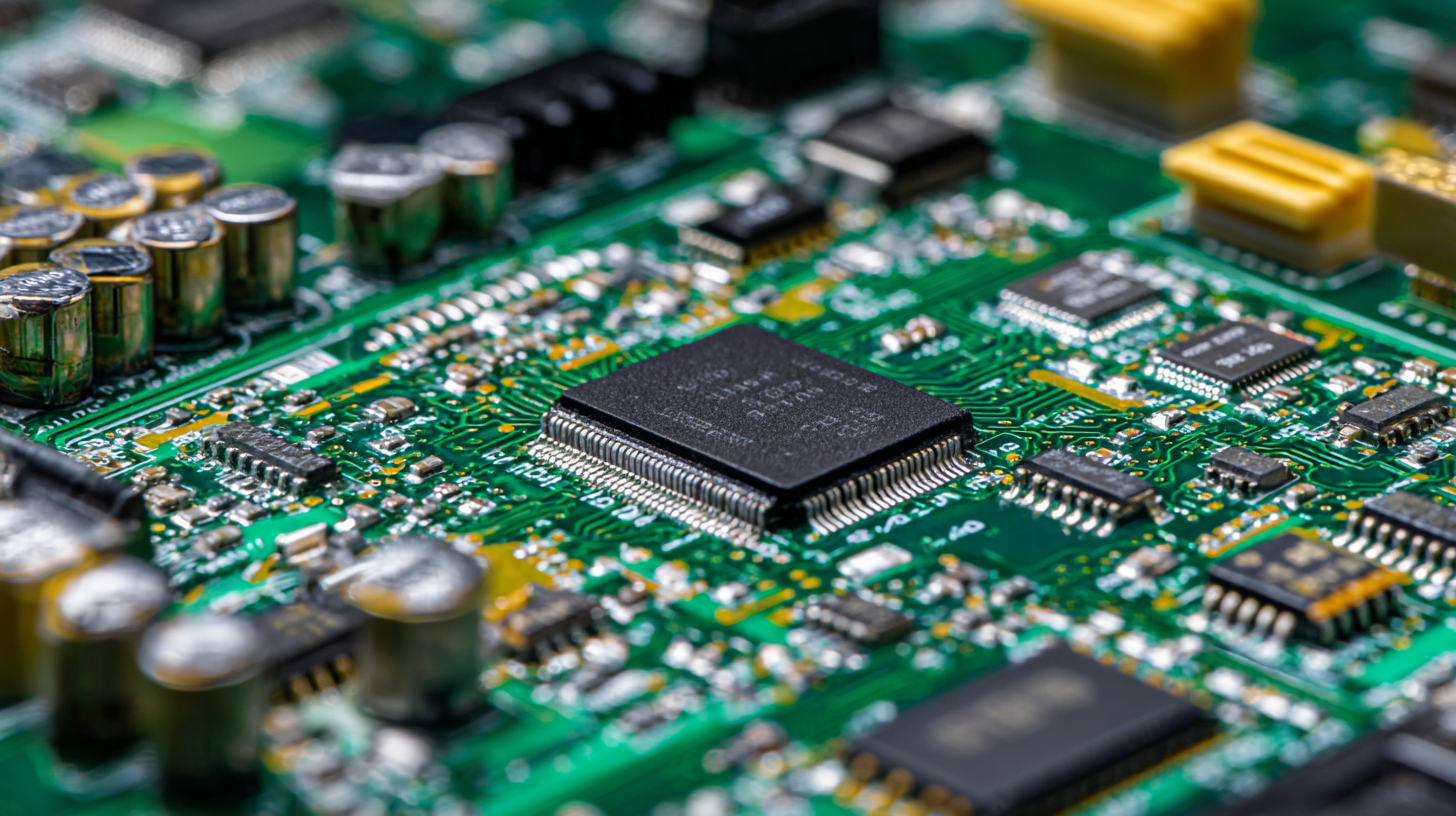
The printed circuit board (PCB) market is poised for significant growth, with projections estimating its value to reach approximately $60 billion by 2025. This expansion is driven by the increasing demand for electronics across various sectors, including consumer goods, automotive, and telecommunications. According to a report by Market Research Future, the global PCB market is expected to grow at a compound annual growth rate (CAGR) of around 5.5% during the forecast period. The rising trend of miniaturization and the proliferation of smart devices are key factors propelling market dynamics, as manufacturers seek more efficient and compact PCB designs.
Furthermore, the economic impact of the PCB industry extends beyond just production. A report by IPC Association suggests that the PCB industry supports over 800,000 jobs in the U.S. alone and contributes significantly to the overall economy. As industries increasingly adopt advanced technologies like 5G and IoT, the demand for high-frequency and multi-layer PCBs is set to soar. This transition is likely to spur innovation within the sector, paving the way for advanced manufacturing techniques and materials that enhance the performance and efficiency of PCBs. The interplay between technological advancement and market demand will ultimately shape the future landscape of the $60 billion PCB market by 2025.
The chart below illustrates the projected growth of the PCB market across different sectors by 2025. It highlights the increasing demand driven by advancements in technology and the rising need for innovative electronic solutions.
The future of PCB technology is rapidly evolving, driven by innovation and the increasing complexity of electronics. The market is witnessing significant growth, with predictions estimating it to reach $60 billion in the near future. Key trends include the rise of AI integration and advanced miniaturization techniques that blur the lines between PCBs and semiconductor technology. For instance, Taiwan's PCB manufacturers have reported a notable uptick in demand as they adapt to the intricacies of AI developments, leading to a robust ecosystem that enhances production efficiency and performance.
As companies navigate the PCB landscape, staying ahead of the innovations is crucial. Here are some tips:
- Invest in emerging technologies like flexible PCBs and automated manufacturing processes to remain competitive.
- Monitor the increasing demand for automotive electronics, which is driving transformation in PCB design and production strategies.
- Engage with startups in the electronics space, as they are often at the forefront of technological advances and can offer valuable insights for strategic partnerships.
Incorporating these insights will help businesses not only adapt but thrive in this dynamic market. Emerging trends, such as cloud computing's influence on supply chain management and sustainability practices, are also reshaping how PCBs are manufactured and integrated into numerous applications.
| Dimension | Value |
|---|---|
| Global PCB Market Size (2023) | $60 Billion |
| Annual Growth Rate (CAGR 2023-2028) | 4.5% |
| Major Applications | Consumer Electronics, Automotive, Telecommunications, Medical Devices |
| Emerging Technologies Driving PCB Trends | 5G, IoT, AI, Flexible PCBs |
| Environmental Trends | Sustainable Materials, Recycling, Eco-friendly Production |
| Key Geographical Markets | Asia-Pacific, North America, Europe |
The printed circuit board (PCB) industry, valued at $60 billion, is facing increasing pressure to adopt sustainable practices. As environmental concerns grow, PCB manufacturers must navigate a landscape filled with challenges such as waste management, resource consumption, and regulatory compliance. Traditional production methods often involve toxic chemicals and significant energy use, which can contribute to environmental degradation.
To embrace sustainability, PCB manufacturers can explore eco-friendly materials, such as biodegradable substrates and non-toxic inks. Integrating recycling processes into manufacturing can also help mitigate waste. Additionally, investing in energy-efficient technologies and renewable energy sources can significantly reduce a company’s carbon footprint.
**Tips for Sustainable PCB Production:**
- Assess your supply chain for sustainability: Collaborate with suppliers who prioritize eco-friendly raw materials.
- Implement a closed-loop production system: This reduces waste and maximizes resource use, ultimately benefiting both the environment and the bottom line.
- Stay informed about new regulations: Keeping abreast of environmental laws will help you adapt your strategies accordingly and maintain compliance.
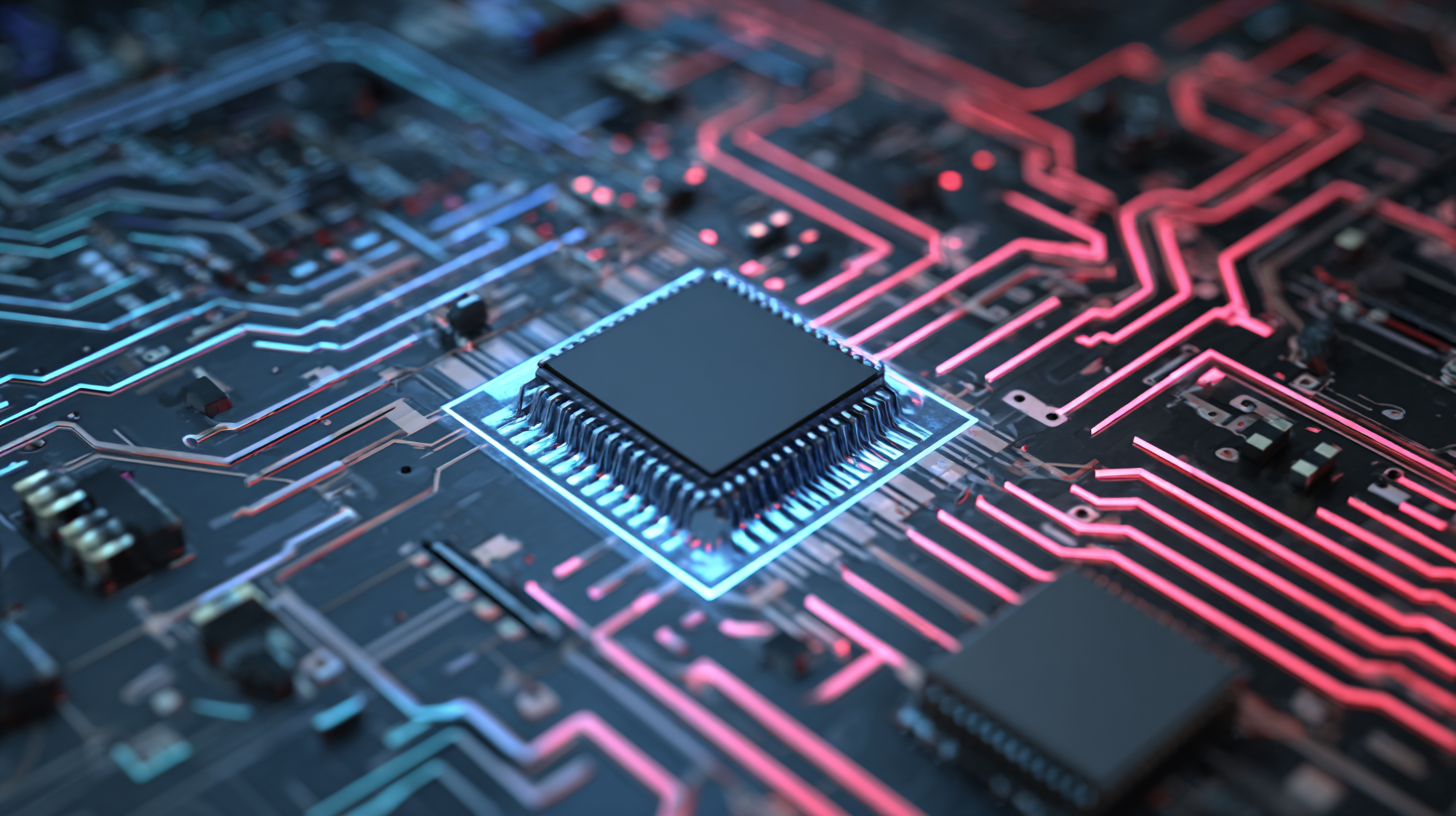
In the rapidly evolving $60 billion PCB market, manufacturers must adopt innovative strategies to navigate the competitive landscape projected for 2025. As technological advancements continue to shape consumer demands, companies need to invest in research and development to stay ahead of the curve.
Embracing automation and smart manufacturing processes will not only improve efficiency but also reduce costs, enabling manufacturers to offer competitive pricing without sacrificing quality.
Furthermore, collaboration is emerging as a key strategy for PCB manufacturers looking to thrive in this landscape. By forming partnerships with technology providers, manufacturers can leverage cutting-edge innovations and enhance their product offerings. Sustainability is also becoming crucial, with a growing emphasis on environmentally friendly materials and processes. Companies that prioritize sustainability and demonstrate their commitment to eco-friendly practices will likely resonate better with both consumers and regulatory bodies, positioning themselves for long-term success in the market.

